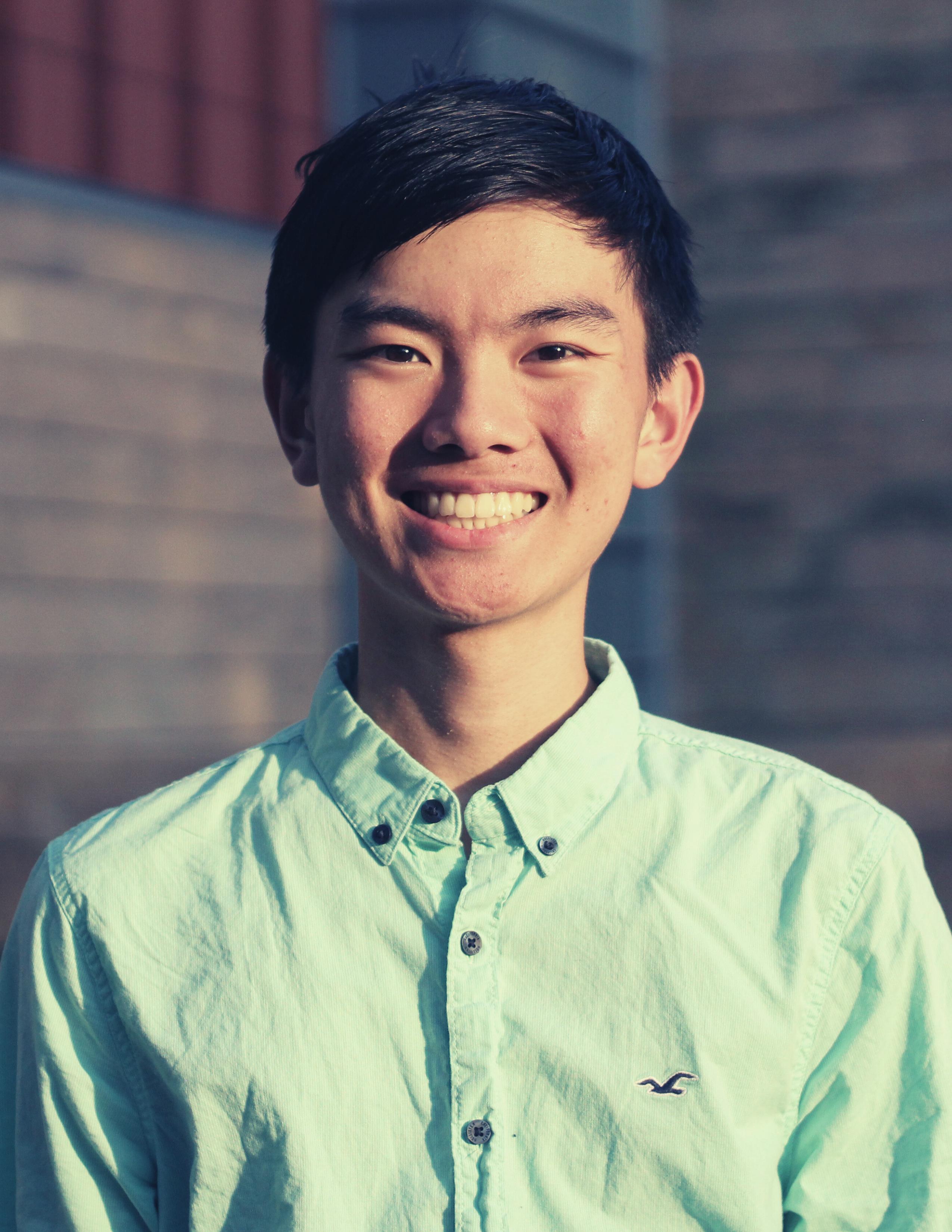
4 minute read
SUSTAINABLE STEM
Science, Technology, Engineering and Mathematics for All
STEM (Science, Technology, Engineering and Math) education has a new champion. He is 17-yearsold. He lives in San Diego, CA. His name is Andrew Gao, and his mission is to provide free STEM education to youth around the world. Very proud to share Andrews’s work in words of his own… -Allié
Hi. I'm Andrew Gao, and I'm the founder of The Helyx Initiative, a STEM research education organization with more than 2,000 teen members worldwide. Currently, a high school junior in San Diego, I was born in Boston and moved around to several states before settling in California. I've always been interested in science and have participated in science fairs since 1st grade.
Growing up experiencing a variety of school systems and science curricula, I have seen firsthand the lack of adequate STEM research opportunities for many students in middle and high school. Additionally, despite the relative popularity of science fairs in the United States, there's a noticeable lack of a cohesive online community for students to discuss research and their experiences.
Having settled in a wealthier area in San Diego, I also saw that the STEM research opportunities available to me were much better than those at the schools where I used to live, for example, on the outskirts of Baltimore. While it's great that students in my community have access to STEM research, the fact remains that most students lack the resources, connections, and money to be able to participate in STEM research opportunities. For example, many excellent biology research camps are prohibitively expensive. Additionally, there is a stark diference between the quality of schools in wealthy and low-income neighborhoods, something I have personally witnessed. For example, my school has a dedicated class to train students to compete in the local science fair, which most other schools probably do not have. We even have a lab with research equipment like an incubator, thermocycler, and more. Last year, my class was even able to perform CRISPR-Cas9 experiments in school (genetic engineering). Good luck finding that privilege in inner-city schools.
This STEM access inequality is problematic for the future. Why?
In the status quo, it's been established that, for the most part, STEM jobs are the most lucrative, especially when computer scienceintegrated. However, this also means the job market is becoming increasingly competitive.
While wealthy youth have the luxury of getting headstarts in STEM, attending supportive schools, and being able to aford pricey programs, low-income students do not have the same privileges. This will only result in further socioeconomic inequality in the United States, as more afuent youth will secure well-paying jobs. At the same time, the less privileged will have a harder time doing so and competing for those jobs.
Together, these issues inspired me to found The Helyx Initiative last year. The mission is to provide free STEM education classes to provide those without in-school opportunities a chance to learn and deliver accessible research opportunities.
As Executive Director, I work to create free STEM education and research opportunities for students, specifically with life sciences and bioinformatics. I've always been fascinated with entrepreneurship, and Helyx was the perfect creative outlet for blending my love of science with entrepreneurship.
So far, The Helyx Initiative is making great strides to bridge STEM education gaps. For example, I'm particularly proud of our successful tutoring program. In response to COVID-19, I mobilized a team of tutors to open free online STEM classes. More than 300 students have attended, learning about topics from biology to AI.
We've also been operating a free group research program that has over 100 students participating. Students worked together to research topics from DNA methylation to cancer diagnosis, thanks to our amazing mentors. The program culminated with the International Youth Research Summit, a 2-day online science conference with merit prizes awarded.
We're currently gearing up for our 2nd biology-inspired hackathon, which has over $120,000 in prizes for attendees. The hackathon is beginner-friendly, and we're ofering free software and tools for everyone and free coding classes. We are projecting event attendance of 500 students.
Besides free STEM events, we are also active on social media to promote STEM. Our Instagram @thehelyxinitiative has nearly 1,500 followers and is filled with educational content. We utilized our platform to spread crucial COVID-19 information that was seen by over 60,000 people. We also have hundreds of hours of educational materials on Youtube, TikTok, and Spotify.
I plan to continue with Helyx into the future and am very excited to see where it will go. This year, we seek to support 5,000 students through our programs.
Learn more about Helyx: http://helyx.science Join the Discord community: http://helyxscience.org











